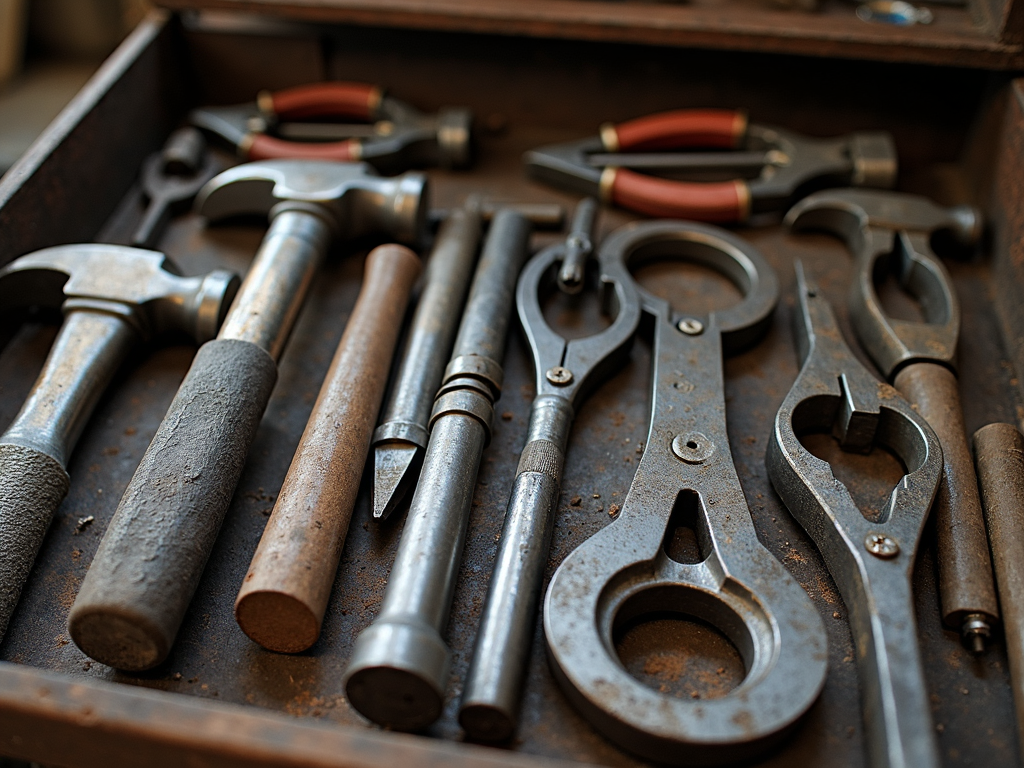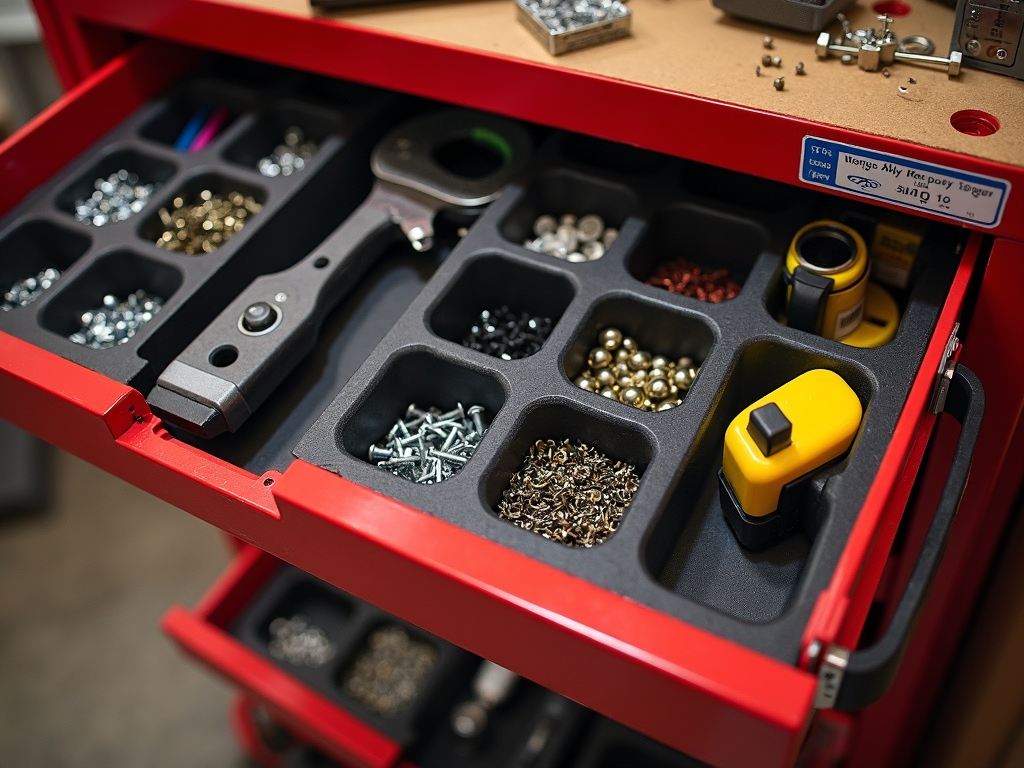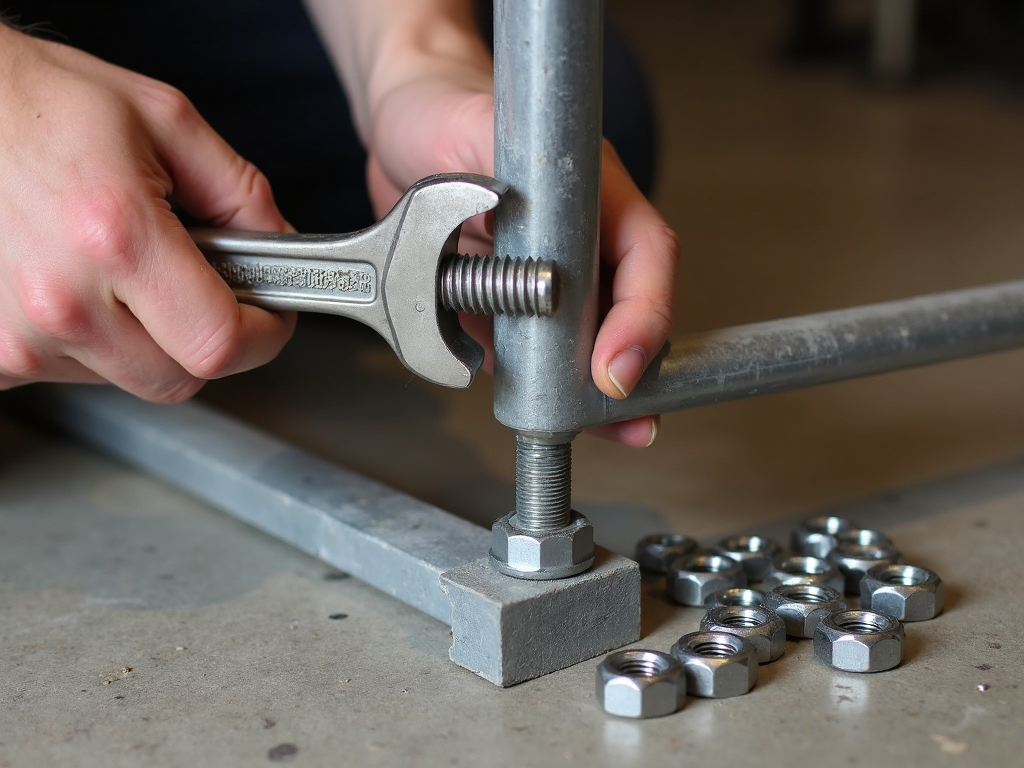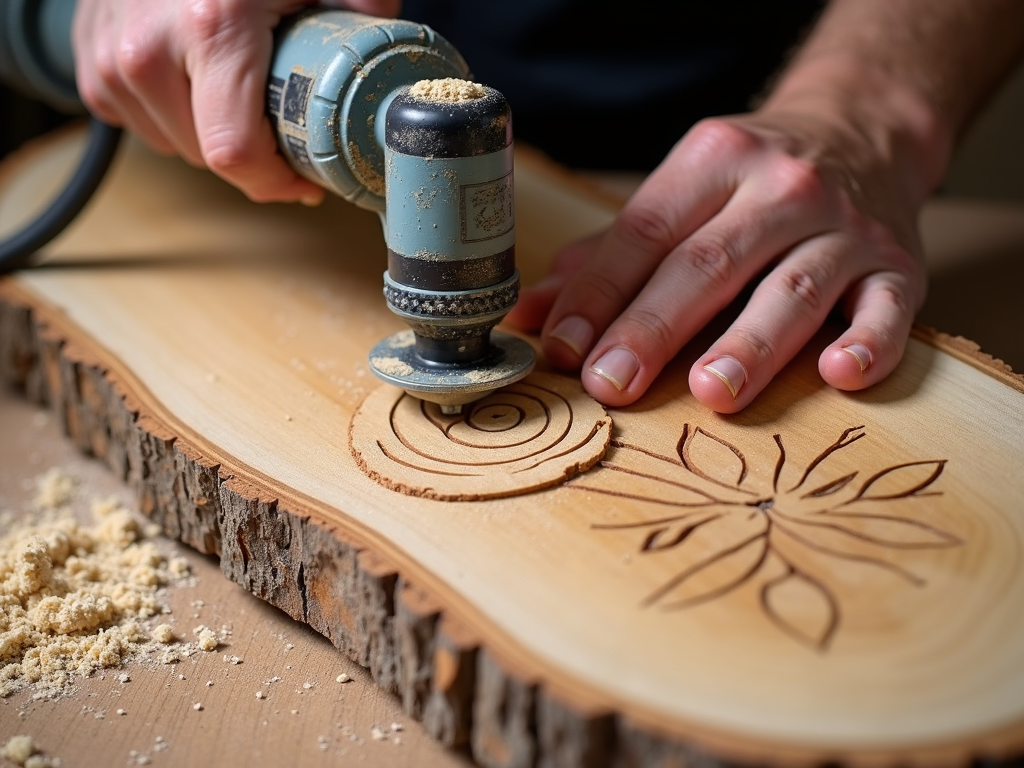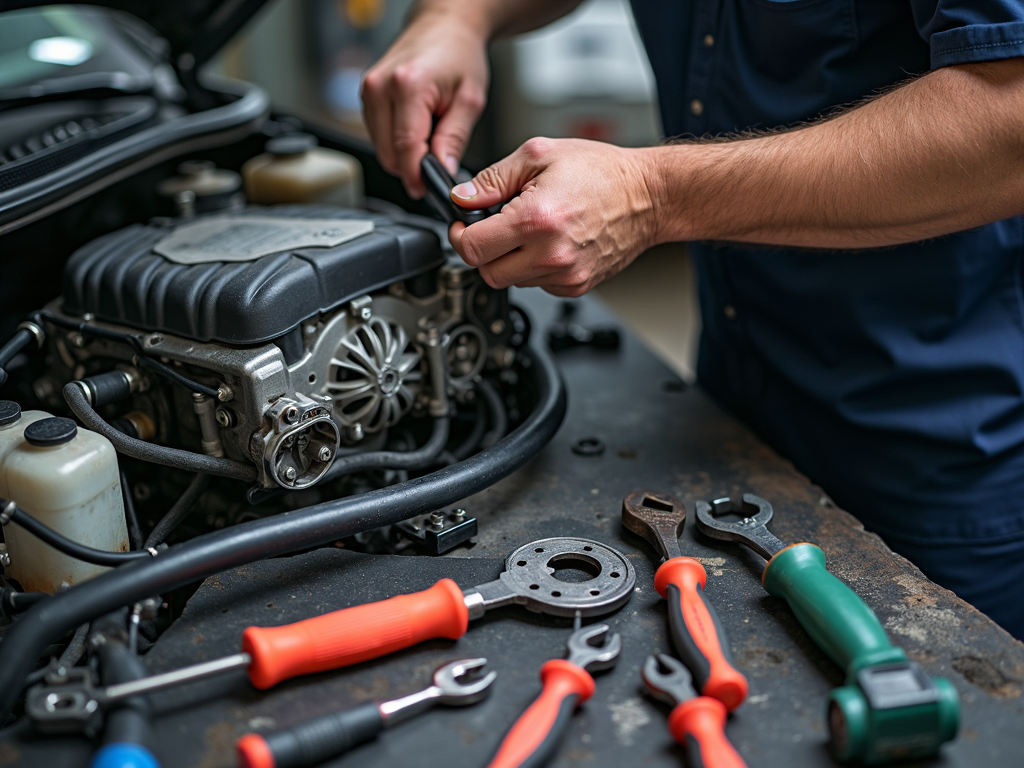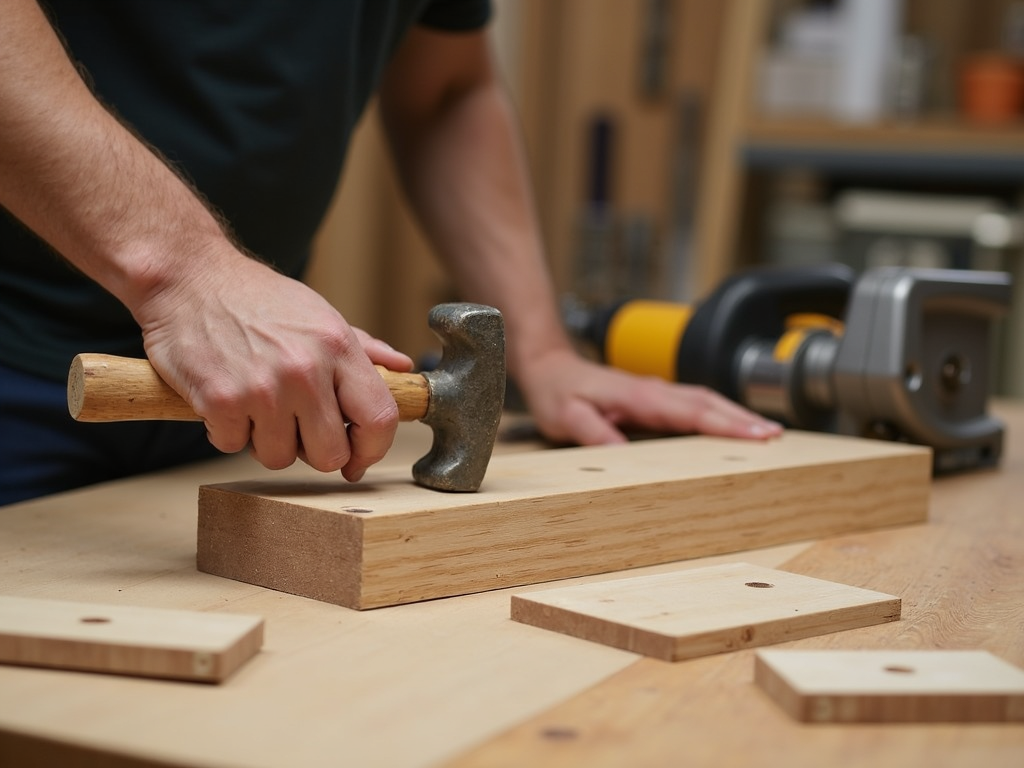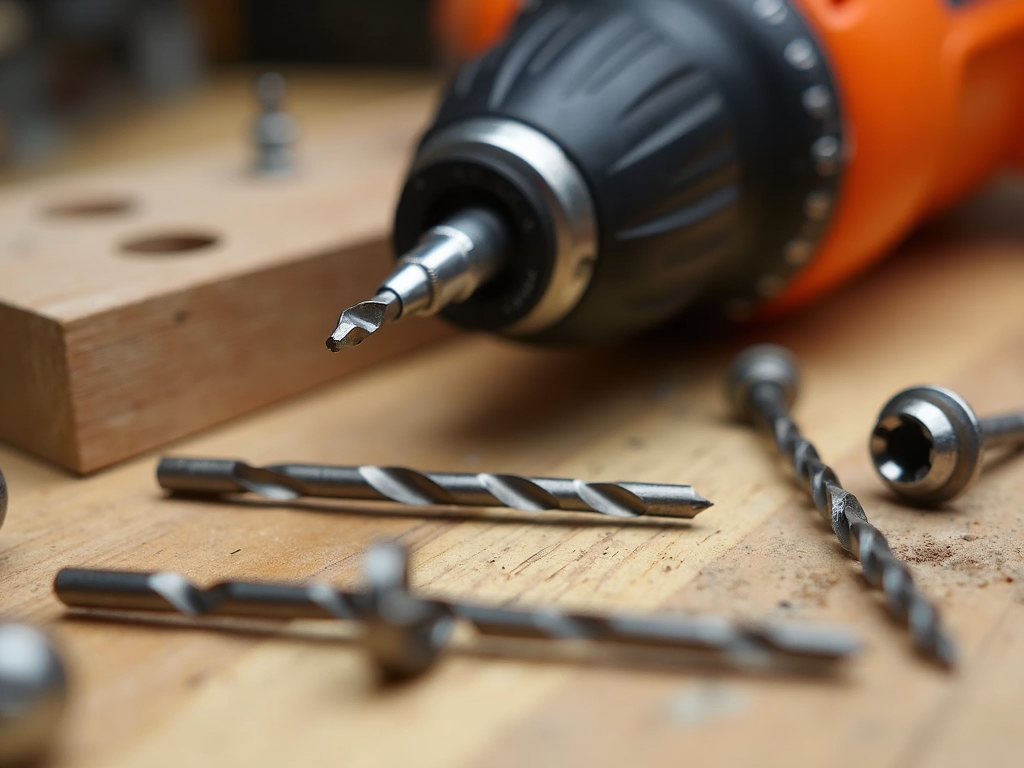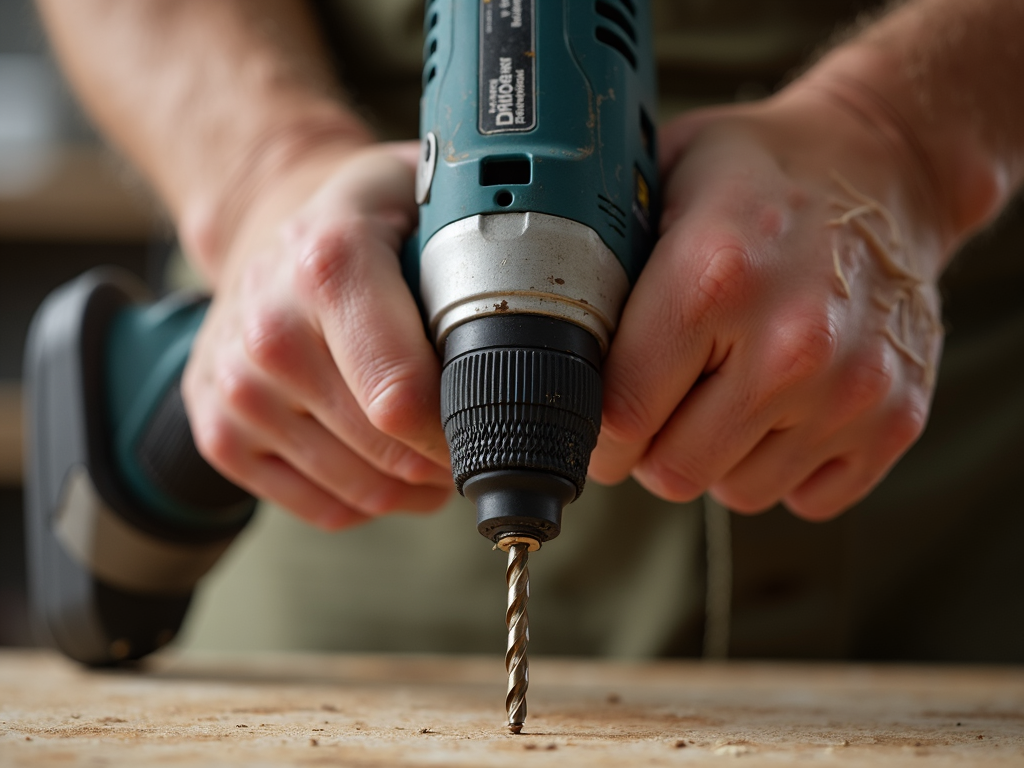Overview
Choosing between corded and cordless power tools can be a tough decision for DIY enthusiasts and professionals alike. This guide will help you understand the advantages and disadvantages of each type, so you can make an informed choice for your next project.
Understanding Corded Power Tools
Corded power tools are those that require a direct connection to an electrical outlet to function. They are known for their consistent power output and are often preferred for tasks that require sustained use.
Pros: - Consistent Power: Corded tools provide a steady stream of power, making them ideal for heavy-duty tasks. - No Battery Issues: You don't have to worry about batteries dying in the middle of a project.
Cons: - Limited Mobility: The cord can restrict your movement, especially in large workspaces. - Cord Management: Dealing with cords can be cumbersome and may pose a tripping hazard.
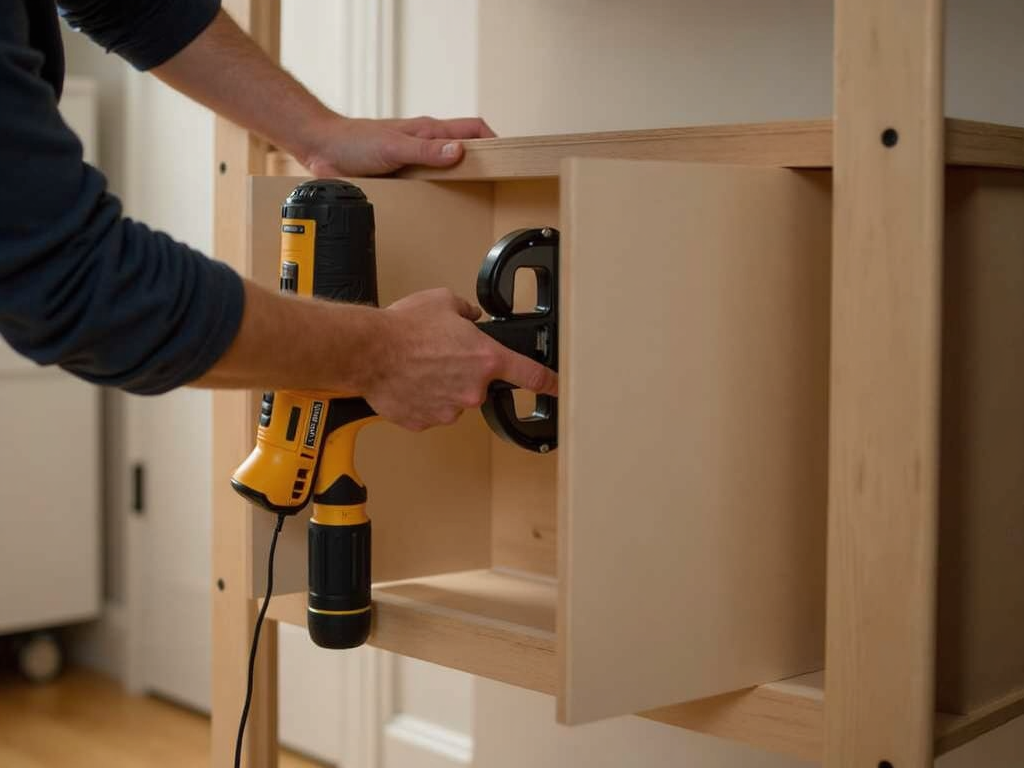
Exploring Cordless Power Tools
Cordless power tools, on the other hand, are powered by rechargeable batteries. They offer greater flexibility and are perfect for projects where mobility is key.
Pros: - Portability: Without a cord, you can move freely and work in areas without easy access to power outlets. - Convenience: Cordless tools are generally easier to handle and store.
Cons: - Battery Life: Batteries can run out, requiring recharging or replacement. - Power Limitations: Some cordless tools may not match the power of their corded counterparts.
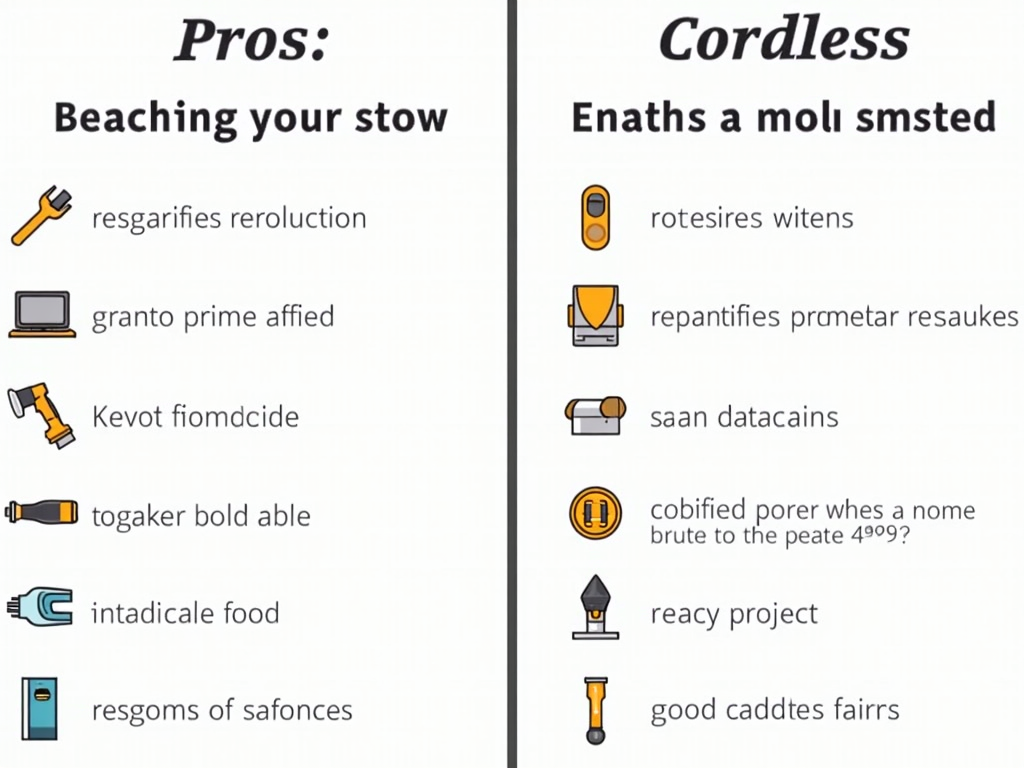
Factors to Consider When Choosing
When deciding between corded and cordless power tools, consider the following factors:
- Project Type and Frequency: For occasional DIY projects, cordless tools might suffice. For frequent or heavy-duty use, corded tools could be more reliable.
- Budget Considerations: Cordless tools often come with a higher upfront cost due to the batteries and chargers.
- Ergonomics and User Comfort: Consider the weight and balance of the tool, especially for extended use.
Budget-Friendly Tool Sets for DIY Enthusiasts
For beginners, investing in a budget-friendly tool set can be a great way to start. These sets often include essential tools like drills, saws, and sanders, providing a good foundation for various projects.
Recommended Budget-Friendly Options: - [Link to a reputable tool set provider] offers a comprehensive starter kit that includes both corded and cordless tools. - [Another link] provides affordable options specifically designed for DIY enthusiasts.
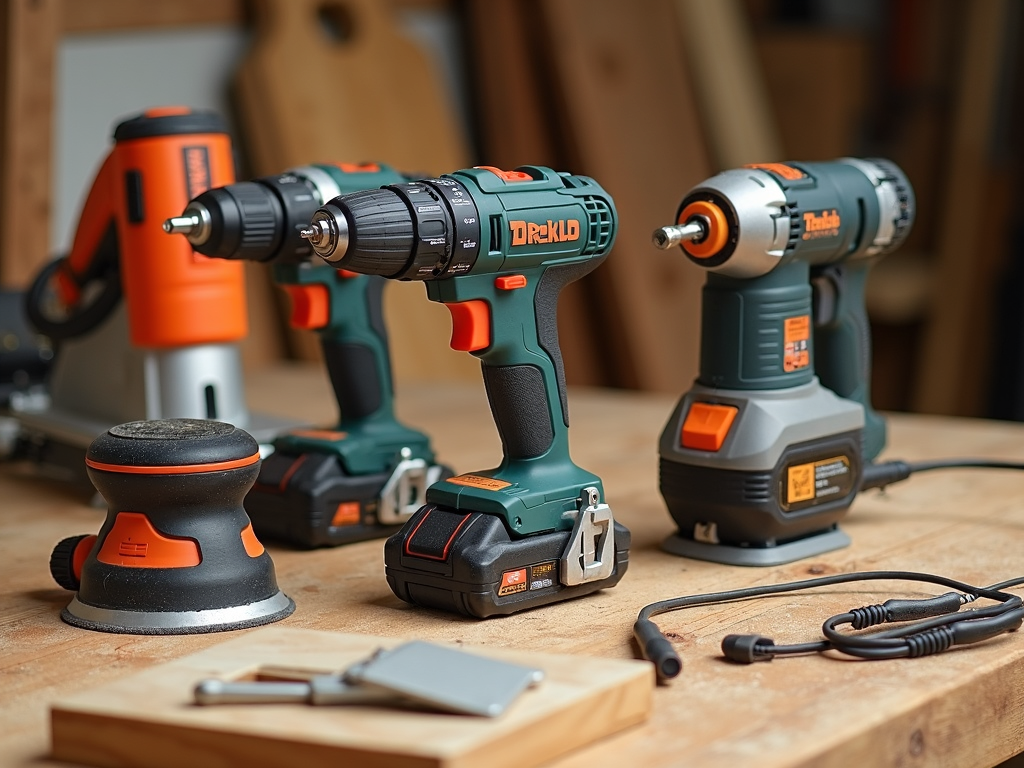
Choosing Between Corded and Cordless for Automotive Repairs
When it comes to automotive repairs, the choice between corded and cordless tools can significantly impact your efficiency.
- Corded Tools: Ideal for tasks that require sustained power, like grinding or cutting.
- Cordless Tools: Perfect for quick repairs or working in tight spaces where cords might be a hindrance.
Tool Set Recommendations for Car Repairs: - A cordless impact wrench for removing lug nuts. - A corded angle grinder for cutting metal parts.
Summary
In conclusion, the choice between corded and cordless power tools depends on your specific needs, project requirements, and personal preferences. Corded tools offer consistent power and are great for heavy-duty tasks, while cordless tools provide portability and convenience for lighter, more mobile work. Consider your budget, the type of projects you undertake, and the ergonomics of the tools before making a decision.
Related Corded vs. Cordless: Which Power Tools Are Right for You?:
- Mastering Metal Forming: Techniques and Tools
- Advanced Toolbox Organization Ideas for Every Handyman
- Must-Have Workman Tools for Every Toolbox: A Comprehensive Guide
- Top 5 Electric Power Washers for Home Use
- A Beginner’s Guide to Essential Construction Tools
- Understanding Nuts and Bolts for Repairs: A Complete Guide
- Rotary Tool Accessories and Attachments: Unlock the Full Potential of Your Power Tool
- Essential Guide to Automotive Tool Care: Tips for Extending Tool Lifespan
- Top 10 DIY Projects Using Basic Tools
- Choosing Your First Power Tool
- Power Tools for Woodworking Enthusiasts
- Advanced Techniques for Power Tool Safety: A Comprehensive Guide
